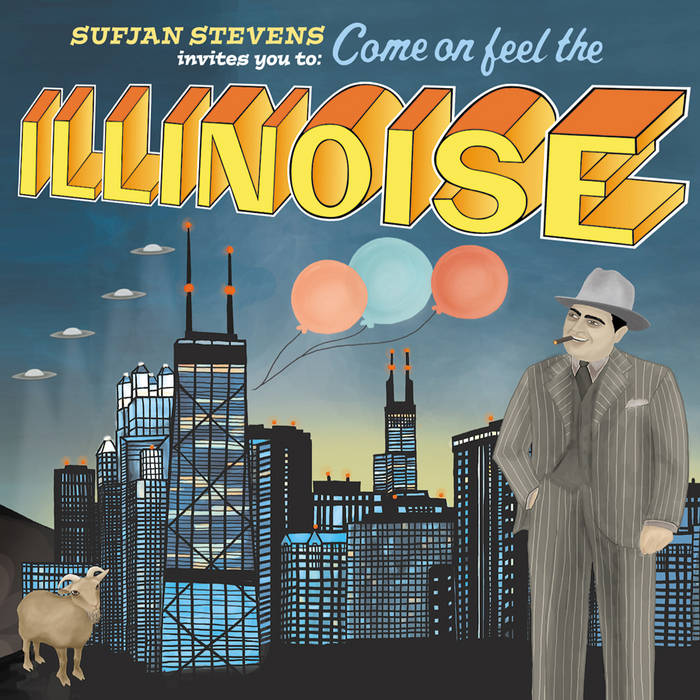Henrik Ibsen’s 1882 play, An Enemy of the People, argues that the majority is not always right and points to the dangers of mob rule. It comes as a surprise, then, that Red Tape Theatre’s adaptation, Enemy of the People, ultimately affirms democracy. Yet it’s not this difference of opinion that ultimately sinks this production, but the show’s stale and didactic dialogue. Red Tape’s production jettisons Ibsen’s profound and eloquent language in favor of trite political messages.
A combination of Ibsen’s An Enemy of the People and the movie Erin Brockovich, Robert L. Oakes’s revised Enemy of the People tells the story of Dr. Tammy Stockman, a woman who discovers that the spa in her small town she originally helped build might actually be tainting the community’s water and polluting the environment. But since the resort has attracted millions in tourist money, Stockman finds herself alone in her struggle to convince the citizens of the town that her expensive renovation is their only salvation.
Though modernized, the plot is fairly similar to Ibsen’s classic, which also discusses pollution, although not in the language of modern environmentalism. The primary difference between the plots of the two plays comes at the very end when, in the revised version, the town’s corrupt officials and selfish citizens see the error of their ways. This is not what happens in Ibsen’s play, and for good reason—it is far less effective and emotionally compelling than Ibsen’s original idea. The disturbing specter of a good man forever demonized by the thankless mob for telling the truth and trying to help other people is lost in a story in which the majority accepts the outcast into the community again. What makes the hero in the original play so admirable and so brave is that he insists on staying and trying to help the community that hates him, but the magnificence of that kind of heroism is lost in this version.
However, the biggest problem with this play is not the story, but Oakes’s superficial, preachy dialogue. To give just one example, Tammy’s cousin Patrick Stockman, played by Kieran Kredell, is portrayed as a very stereotypical flamboyant gay man who cannot have a single conversation without discussing his homosexuality. Although Kredell is excellent at this camp role and drew many laughs from the audience, his stereotypical character was out of place in an adaptation of a play that celebrates the originality of unconventional people.
But the problems with the dialogue transcend any single character. Oakes seems to be using Ibsen’s storyline as a vehicle for his own political messages, frequently inserting didactic speeches clearly meant to mold his audience into “solid citizens.” This is odd considering that Ibsen’s original play calls into question the idea that the individual ought to serve his society. At one point, Tammy openly praises democracy by pointing out the importance of voting.
Despite these problems, certain performers make the show worth watching. In the role of Peter Stockman, Robert A. Lynch does a marvelous job of giving some depth to the character of the Mayor, a man who has given in to political corruption in order to save his town and the people he loves. Although his lines do not necessarily make him seem sympathetic, the way Lynch says them makes you feel for him. The only unnatural moment comes when his character is crying in front of his sister Tammy and begging for her forgiveness, but this is probably because such behavior is not true to his character.
The staging of the play is also rather innovative, and it successfully engages the audience with the story. During different parts of the play, the audience is moved to different rooms to see different scenes. This adds a sense of realism to the production and a sense that certain events and places were particularly important.
In the end, Red Tape’s production of Enemy of the People is rather mediocre. While the story it tells is interesting and some of the acting is quite good, the script of the play is overly preachy and not necessarily true to the spirit of Ibsen’s story.








